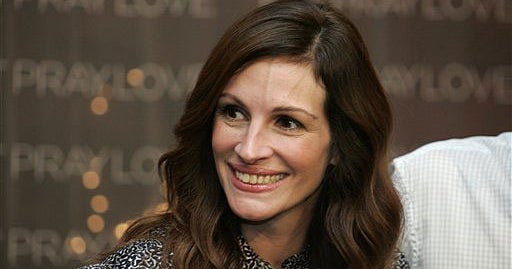As the shimmering star of Hollywood, Julia Roberts has captivated audiences not only with her stellar performances but also with her refreshing perspectives on beauty and aging. In a world inundated with endless anti-aging products and procedures, Roberts stands out for her candid approach, notably her rejection of Botox and other cosmetic interventions. This article explores her philosophies on aging gracefully, the societal pressures surrounding beauty norms, and the implications of embracing natural changes.
Roberts elucidates a compelling narrative: aging is an inevitable process that should be celebrated rather than concealed. She posits that the accumulation of life experiences, wisdom, and memories should supercede the focus on superficial appearances. This perspective is not merely a personal sentiment; it resonates with many who seek authenticity in a culture relentlessly pushing youthfulness. Through her lens, aging becomes an odyssey of self-acceptance, where every wrinkle tells a story of laughter, trials, and victories.
Additionally, Roberts’ stance ignites conversation about the far-reaching consequences of societal beauty standards. The notion that aging is something to be fought against often leads to a culture of insecurity and unrealistic expectations. This has birthed a multi-billion dollar industry catering to those desperate to turn back time. Nonetheless, Roberts urges individuals to reconsider, framing the aging process as an emblem of one’s journey rather than an enemy to be vanquished.
Roberts’ rejection of Botox is not simply an aesthetic choice; it serves as a rallying cry for those advocating for more significant mental health awareness. The pressure to conform to youthful ideals can have deleterious effects on self-esteem and mental well-being. By advocating for a natural appearance, Roberts emphasizes the importance of self-love and authenticity over societal approval. Her perspective invites individuals to reevaluate their self-worth and insecurities in this digital age, where perfection often reigns supreme.
The inherent beauty of Roberts’ philosophy lies in its relatability. She invites her audience to engage in open dialogues about aging and self-image, urging them to embrace their uniqueness. The discourse surrounding her views fosters a sense of community among those who yearn to abandon the shackles of societal expectations. It encourages a collective movement towards fostering an environment where aging is honored, rather than fought against.
In conclusion, Julia Roberts’ stance on aging and her aversion to Botox are emblematic of a broader discussion about beauty, self-acceptance, and the value of authenticity. Her candid reflections encourage individuals to embark on a journey of self-discovery, worshiping their individuality rather than succumbing to fleeting trends. Through her example, we are inspired to redefine our relationship with aging, embracing it not as a decline, but as a celebration of the richness of life lived fully.
